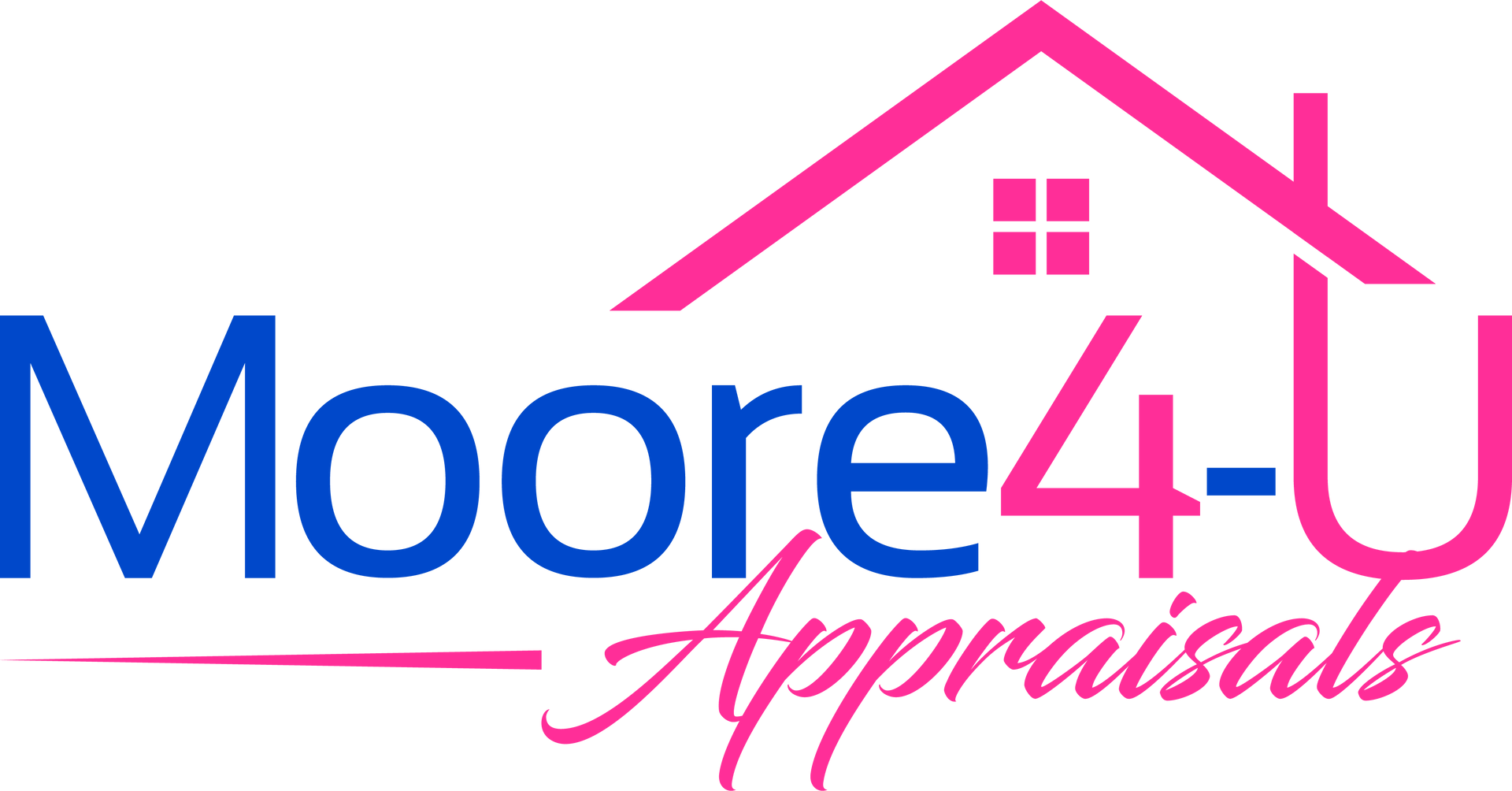How to Remove Private Mortgage Insurance (PMI) with a Home Appraisal
Private Mortgage Insurance (PMI) is an additional cost that homeowners with conventional loans often have to pay when their down payment is less than 20% of the home's purchase price. While PMI helps lenders mitigate risk, it can be an unnecessary expense for homeowners once they've built enough equity. The good news? A home appraisal can help you remove PMI and lower your monthly mortgage payments. Here’s how the process works.
Understanding PMI and When You Can Remove It
PMI is designed to protect lenders if a borrower defaults on their mortgage. However, once your loan-to-value (LTV) ratio reaches 80% or lower, you may be eligible to cancel PMI. Lenders are required to automatically terminate PMI when your LTV reaches 78%, but you can request its removal earlier if you can prove your home’s value has increased.
A home appraisal is the best way to demonstrate an increase in property value and show that you have at least 20% equity in your home.
Steps to Remove PMI with a Home Appraisal
1. Check Your Current Loan-to-Value (LTV) Ratio
Before requesting PMI removal, determine your home’s current LTV ratio. You can calculate this by dividing your outstanding loan balance by your home’s estimated value. If the ratio is 80% or lower, you may qualify for PMI removal.
2. Contact Your Lender
Reach out to your mortgage provider to inquire about their PMI removal policy. Each lender has specific requirements, but most allow PMI cancellation if an appraisal confirms your home’s value has increased enough to meet the 80% LTV threshold.
3. Hire a Licensed Home Appraiser
Your lender may have a list of approved appraisers, or you can hire a certified appraiser independently. Choosing an experienced professional ensures an accurate valuation of your home based on market trends, recent sales, and property improvements.
4. Prepare for the Appraisal
Maximize your home’s appraised value by making minor improvements before the appraisal. This includes:
- Enhancing curb appeal (landscaping, fresh paint, clean exteriors)
- Decluttering and deep cleaning your home
- Completing small repairs (fixing leaky faucets, patching holes, replacing outdated fixtures)
- Highlighting recent upgrades or renovations
5. Submit the Appraisal Report to Your Lender
Once the appraisal is complete, submit the report to your lender. If the valuation confirms that your equity has reached 20% or more, your lender should approve the PMI removal request.
6. Enjoy Lower Monthly Mortgage Payments
With PMI removed, your monthly mortgage payments will decrease, saving you hundreds or even thousands of dollars annually. You can use these savings to pay down your mortgage faster, invest, or cover other financial priorities.
Final Thoughts
If you're still paying PMI, a home appraisal could be your key to eliminating this expense sooner than you think. By understanding the process and working with a qualified home appraiser, you can take control of your mortgage costs and keep more money in your pocket. If you’re ready to explore PMI removal through an appraisal, contact Moore 4-U Appraisals today for expert guidance and professional home valuation services!
Trusted home appraisal services for accurate, reliable property valuations in Wake Forest, North Carolina
Services
Quick Links
Lorem ipsum dolor sit amet, consectetur adipiscing elit, sed do eiusmod tempor incididunt ut labore et dolore magna aliqua. Ut enim ad minim veniam, quis nostrud exercitation ullamco laboris nisi ut aliquip ex ea commodo consequat.



